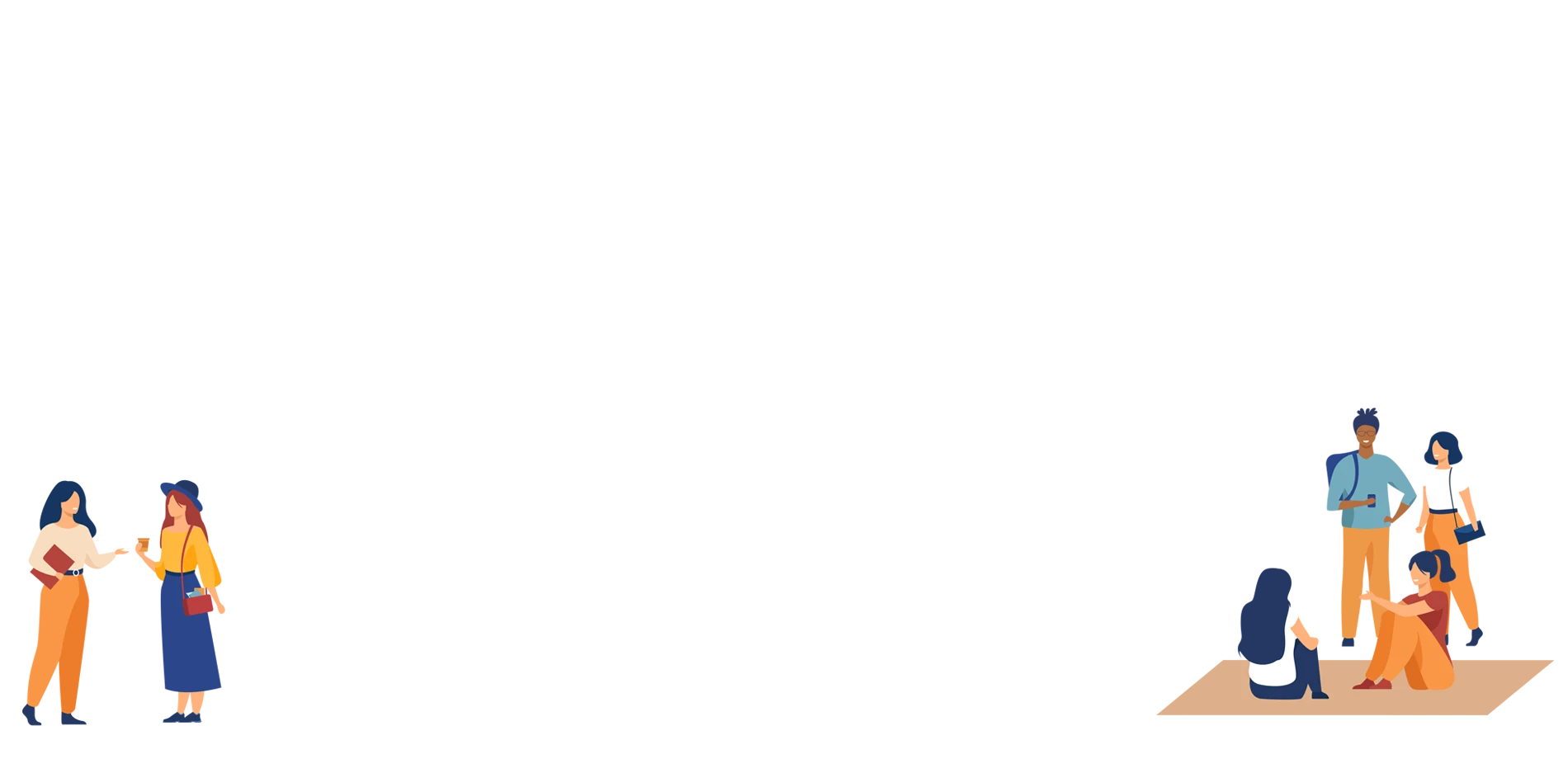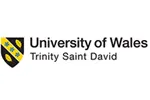

the United Kingdom
University of Wales Trinity Saint David| The award | How you will study | Study duration | Course start | Domestic course fees | International course fees |
|---|---|---|---|---|---|
| MA | - | 3 semester | - | - | - |
Course Overview
MA Visual Communication within the Contemporary Dialogues portfolio offers an exciting and innovative re-thinking of Postgraduate provision that reflects the strategic thinking of Swansea College of Art. The portfolio facilitates migration between diverse thematic disciplines, exploring new ideas and conceptual approaches to allow young artists and designers to confront the issues that face society today and into the future.
The portfolio's ethos of collaborative dialogues through material practices provides an innovative model of design, fine and applied arts education. This development allows students from all pathways to experience and share creative practices and innovative mind-sets through inter-disciplinary and trans-disciplinary dialogues. This ethos is enhanced within each programme to stimulate 'collaborative' practices and experimentation across a broader spectrum of specialist fields, developing graduates with the contextual awareness, creative thinking and technical skills to operate at the forefront of their discipline.
During the course of your studies you will be supported by specialist staff, leading professionals and practicing artists through lectures, seminars, workshops and tutorials. We have exceptional traditional and digital facilities, housed in spacious purpose-build workshops. Through these, we encourage creative freedom within all of our students and support you in challenging conventional thinking and established practices and facilitate new technological advances across a broad range of disciplines. We have found that through collaborative experimentation and innovative design thinking our students are able to produce work that meets the challenges and respond to the demands of the 21st century.
Facilities include:
Key Features
The range of avenues available to the visual communicator is both vast and diverse and ranges from countless variations of print to the ever-expanding digital outputs. Almost everything that you interact with, consume, and see will communicate with you on some level. We help to get the message across and for you to understand it.
MA Visual Communication enables its students to explore two distinct spectrums of work. Firstly, there is the broadening process that is at the very heart of the contemporary dialogues portfolio of study. Students will be encouraged to develop their theoretical understanding as well as how they would normally approach a practical response to a user centered visual design problem. The process of expansive creative thinking and problem solving allows for the inclusion of a variety of experiences for the student to reflect upon in their work. The second spectrum gives the student the ability to develop a portfolio of practice led research that will build to an extensive major body of work within their specialist field of study which may span a diverse range of outputs across the fields of illustration, graphic, advertising and brand design.
Modules
Core Modules
International
Erasmus
During your time with us you will have the opportunity to study abroad with the Erasmus exchange programmes currently running with Universities in Norway, Barcelona and Sweden.
Study Abroad
Students can also take up the opportunity to study a semester in the USA and Canada.
For more information please click here.
Course Tutor(s)
Assessment
The main modes of assessment used on this programme are; studio projects, written assignments and seminar presentations.
Assessment at postgraduate level is reflected by your ability to reformulate and use relevant methodologies and approaches to address problematic situations that involve many interacting factors. It includes taking responsibility for planning and developing courses of action that initiate or underpin substantial change or development, as well as exercising broad autonomy and judgement. It should also reflect an understanding of the relevant theoretical and methodological perspectives and how they affect your area of study or work.
Career Opportunities
Visual Communication is such a vast area that there are many different skill sets that can be covered by the term. Our graduates have ample skills to be able to gain employment in most of the areas associated with the creative industries. Examples of employment opportunities where graduates have been successful are as follows:
Sky Creative, SapientNitro, Nike, Adidas, Lego, Apple, Stag & Hare, Waters Creative, Icon, Blue Stag Studio, Tigerprint, Oxford University Press, Enigma Creative Solutions, Aston Villa, Manchester United, Dirty Little Serifs, W12 Studios, Dr. Organic, Barclays Bank, Swansea City FC'and so many more
Further Information
'PTES (Postgraduate Taught Experience Survey) 2015 - 100% Satisfaction?
Related Courses
Additional Costs
Our students have access to a diverse range of equipment and resources, which in most cases are sufficient to complete their programme of study. We provide the basic materials necessary for students to develop their practical work within our extensive workshop and studio facilities. However, it is likely that art and design students will incur some additional costs to extend their investigation of their personal practice. For example, purchasing their own specialised materials and equipment, joining in optional study trips, and printing.
Entry Criteria
The major benchmark entry requirement will be a 2:1 or higher undergraduate degree. This will enable the student to progress to an interview. Mature students may apply with their portfolio and/or previous academic/industrial career taken into account.
There is also a procedure for the Recognition of Prior Learning. International students will have to prove proficiency in the English language to the required IELTS level 6 as well as the above. Any candidate with a successfully completed research degree will have to prove that their intended Master's study is in a different field.
The programme is open to applicants of any discipline who have an interest in forming a new discourse with an Art, Craft, Design & Media subject in order to open up a new dialogue i.e.; architecture/photography.
Below are some suggested courses at other providers that you may also be interested in:
Marketing Management - Digital Business Concepts Bachelor Degree
Fontys Economy Tilburg
Find out moreProduction Arts: Props, Painting and Set BA (Hons)
Royal Central School of Speech and Drama
Find out moreIf you do not meet the entry requirements for this course then consider one of these postgraduate preparation courses from another institution:
Graduate Diploma of Engineering (Industrial Automation)
Engineering Institute of Technology
Find out moreThere are 501 other courses listed from University of Wales Trinity Saint David. A selection of these are displayed below:
Join the StudyLink email list and never miss a chance to turn your study abroad dreams into reality!

See other universities in Swansea
Find out more about studying in the United Kingdom